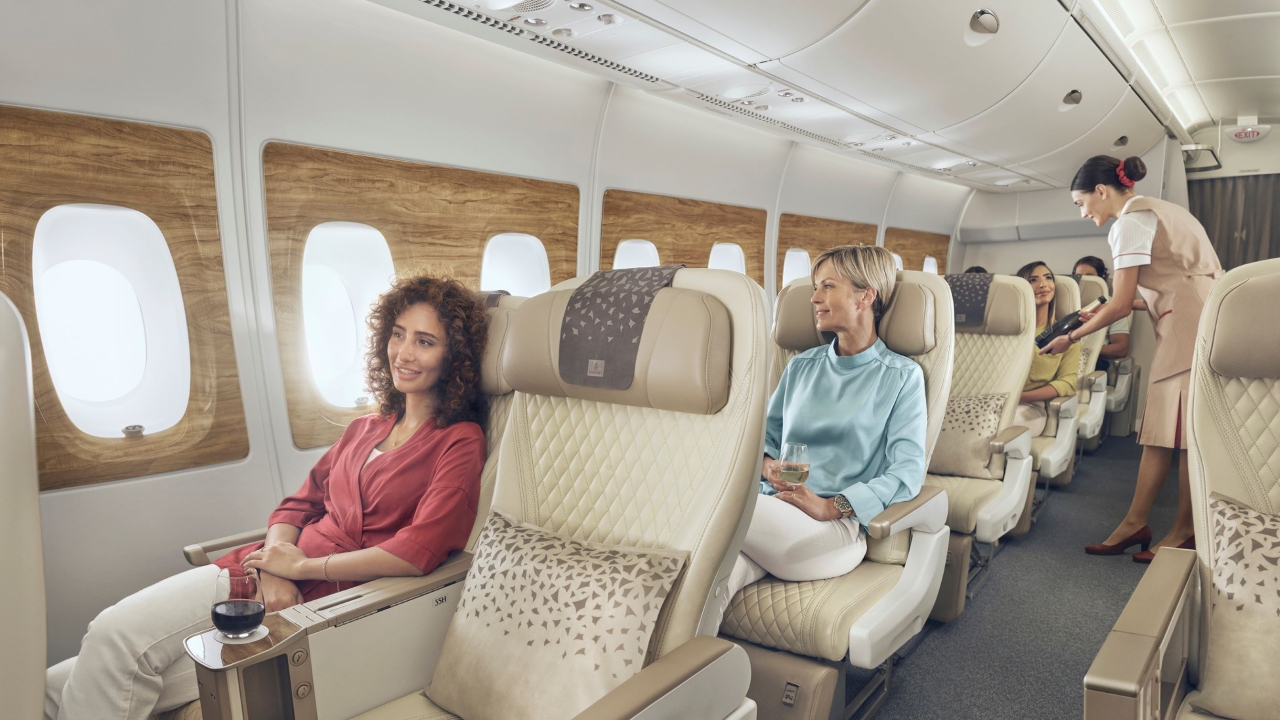The science behind food at 30,000ft
In-flight cuisine is often seen as a key differentiator for selecting an airline or getting the best from a business aviation experience

When it comes to what food to eat in the air, Sarah Wilson has the simple recipe: “It’s all in our DNA.”
Wilson should know. She has been working as an aviation nutritionist with commercial airlines, business jet operators, and with in-flight caterers for a number of years.
These days, it’s no longer about just grabbing a sandwich on your flight. The more sophisticated answer is for the perfect menu to be created after you have had a DNA test.
“On-board catering used to be just a marketing tool but now people are more aware of their health,” said Wilson, who runs a clinic in London’s Harley Street.
“Flying is stressful and demanding, so you need to meet the challenges. We are all well aware of the need to be healthier now and this very much applies to people flying, particularly on a regular basis, and on long-haul flights, when your energy can be compromised.”
SO what is the right food to eat at 30,000ft?
“Eating on long-haul flights, while crossing different time zones, can cause havoc with your digestion and sleep patterns,” explained Wilson. “If you have to eat at all, timing and hydration is key. I suggest, with a night flight, you eat before the flight, and then rest on board. But for those regular premium passengers Wilson says you should consult with The Aviation Nutritionist to understand what is right for you “We are all individual and have very different needs,” she said.
Wilson added that science is a key factor for operators and in-flight caterers. “When we fly, our taste buds decrease slightly as the nasal passage dries out, which is often why we find commercial flights serving stronger tasting foods, such as curries, and also why we might not taste our favourite food and drinks as well as we can at home, such as a robust red wine,” explained Wilson.
“Digestion shuts down slightly in the air, too, as you’re not burning any energy and the body may be under stress. So people should really limit their sugar intake, as it is an inflammatory. This includes alcohol, which, besides being full of sugar, can by further dehydrating at altitude if you have too many. Water is your friend.”
What about flying with children? “In-flight caterers shouldn’t offer menus laden with sugar for children, or else they will be bouncing down the aisle,” said Wilson. “It’s better to use sensory types of food to stay engaged with it.”
And then there are medical concerns that operators should also take in to account.
“Diabetes type 2 is absolutely prevalent in people from the Middle East, due to their diet. So menus should be created to meet the customers’ health expectations,” she said.
And, speaking of medication, Wilson added that operators needed to be aware of any medication the passenger was taking as this could really play a part in jet lag and well-being in the air.
While this may sound like extra hard work for operators and in-flight caterers, Wilson said one “quick and easy” way to decipher the right menu was by taking a DNA test, which could highlight health issues and intolerable foods to the client.
Wilson explained: “I do DNA testing at my clinic to see what is best for the client to eat while flying. This can be an easy saliva test, which shows deficiencies, such as Iron, Omega 3s, B12, Vitamin D, gluten intolerances, or caffeine metabolism. Some people can’t metabolise coffee but actually don’t realise this and knock it back on the flight, causing havoc with the body and mind. Results are back within two to three weeks.
“I then help manage a menu with the in-flight caterer to suit the client. We also factor in that it’s important not to make the food bland and add some fun to it using ingredients that the customer enjoys.”
Stay up to date
Subscribe to the free Times Aerospace newsletter and receive the latest content every week. We'll never share your email address.

